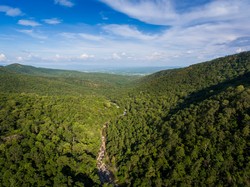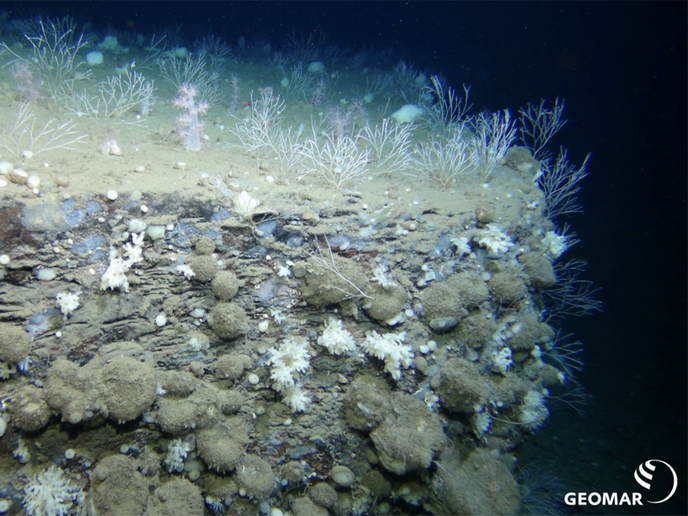Satellite study of forest health
Forests are tremendously important sources of renewable materials and repositories of biodiversity, the health of which can be effectively monitored using remote sensing (satellite images). Despite the recent commissioning of new European satellites to monitor photosynthesis, certain barriers prevent full adoption of new remote sensing forest monitoring techniques. The EU-funded FLUORFLIGHT (FluorFLIGHT: A new integrated canopy fluorescence model based for remote sensing of forest health and productivity) project studied SIF as a proxy for photosynthesis and forest health. SIF involves solar energy exciting chlorophyll molecules, which re-emit energy at specific wavelengths; detection of such wavelengths denotes photosynthetic energy conversion in plants. Although the remote sensing technique can be used at both local and global scales, providing high-resolution data over large areas has proven challenging. FLUORFLIGHT filled gaps in simulating spectral signatures of heterogeneous forest canopies using indicators of canopy structure. The indicators included leaf area index, tree density, fractional cover and crown overlap. The work was intended to assess the potential of chlorophyll fluorescence signal retrieval as an early indicator of forest decline. Researchers proposed a 3D integrated model to calculate reflectance and fluorescence as a function of canopy components. The approach combined the leaf optical model FLUSPECT and the 3D ray-tracing model called FLIGHT. The resulting FluorFLIGHT model helped to assess the sensitivity of the fluorescence signal. The team conducted several field and airborne campaigns over a Spanish oak forest suffering water stress and fungal infection. Researchers assessed SIF retrievals in three spectral bands using hyperspectral images. Results illustrated a link between the data and tree physiological condition. The project’s 3D modelling approach greatly improved retrieval of SIF information from complex real-world data. The team also demonstrated the potential of FluorFLIGHT for mapping SIF at the individual tree level, thus effectively measuring tree health and detecting disease. The project published five papers in several top journals, along with six conference papers and one book. FLUORFLIGHT’s work in remote sensing modelling provides an effective tool for monitoring forest health across a large area. Thus, management strategies will be better targeted and more effective.
Keywords
Forest health, remote sensing, photosynthesis, Sun-induced fluorescence, FLUORFLIGHT







